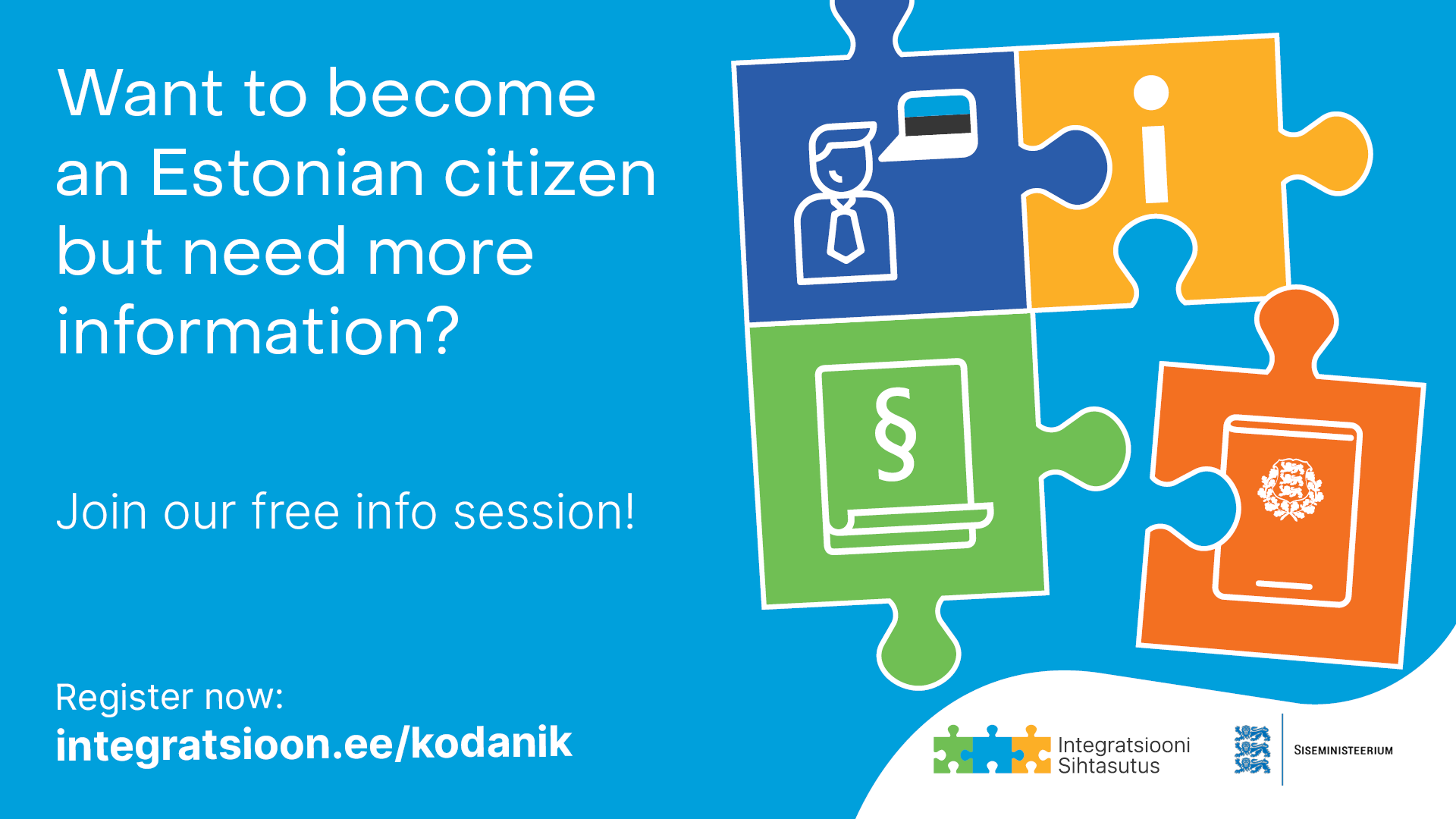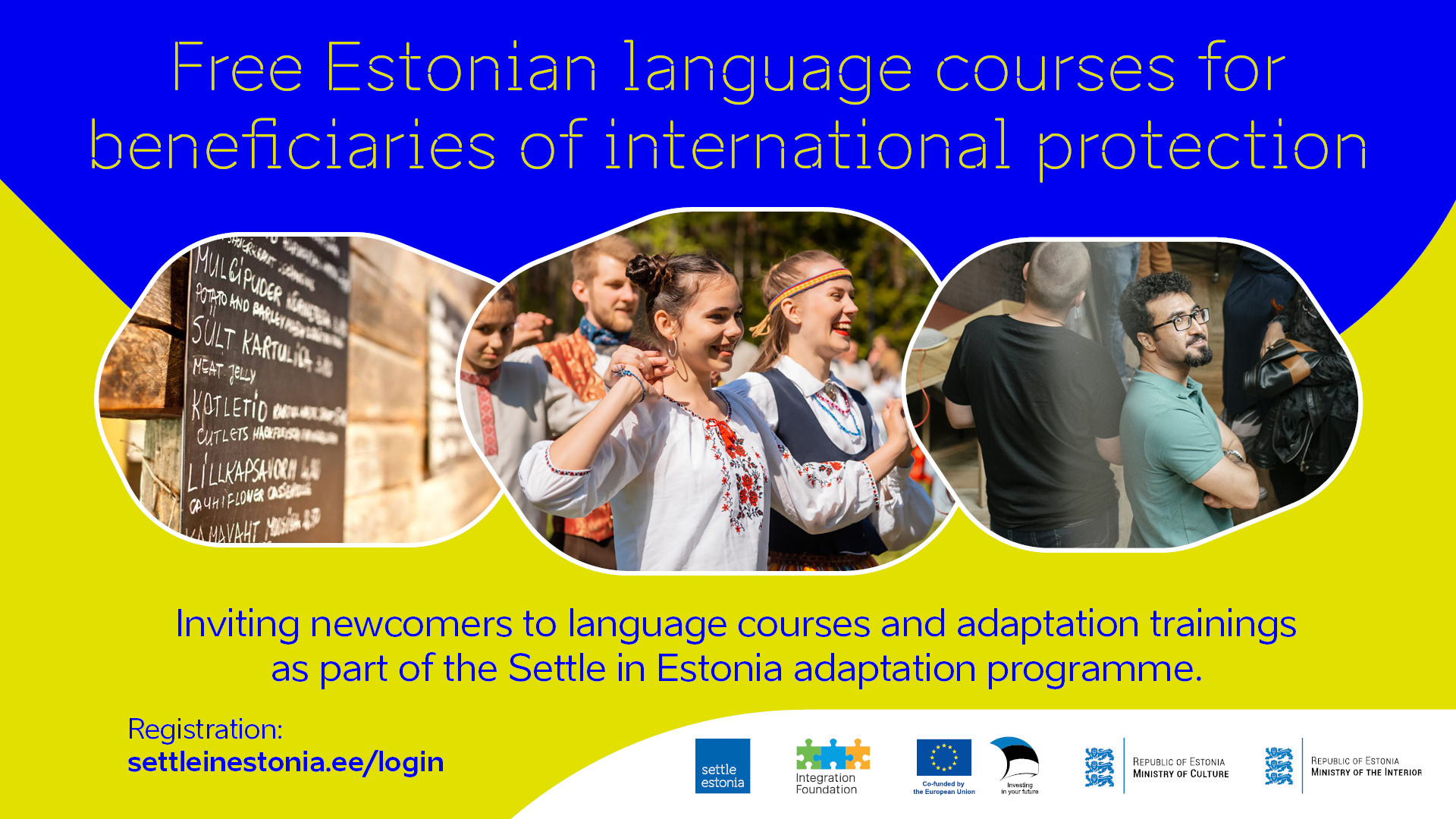The Integration Foundation is organizing information sessions in May and June to provide details about Estonian language learning and other state support available for acquiring Estonian citizenship. In the first week, over 200 people registered for the online sessions held in Russian and English, and registration is ongoing via the website integratsioon.ee/kodanik.
“The first session on May 5 took place in a very constructive and positive atmosphere, and soon after we began receiving applications for our language learning conract programme, which supports people on their path to citizenship,” said Jekaterina Gvozdeva, Head of Civic Education at the Integration Foundation. “We’re seeing the greatest interest in questions about legislation, language studies, and study leave.”
According to Gvozdeva, the first session saw the most questions about residence permits and the required duration of stay in Estonia – i.e., the legal requirements for applying for citizenship. There was also significant interest in the study leave and compensation available for employed individuals through the language learning contract programme.
“Language learning remains a crucial topic. Although many see achieving B1 level as a challenge, our experience, client success stories, and official statistics show that passing the exam is a very realistic goal for most. Our role is to provide support and encouragement throughout the process,” Gvozdeva added.
Three more sessions will take place before the beginning of summer – on May 12 and 19, and on June 2. There is no limit on the number of participants, and the sessions will be held online, allowing participants to choose a suitable time and language. Registration for the information sessions is available on the website integratsioon.ee/en/kodanik.


